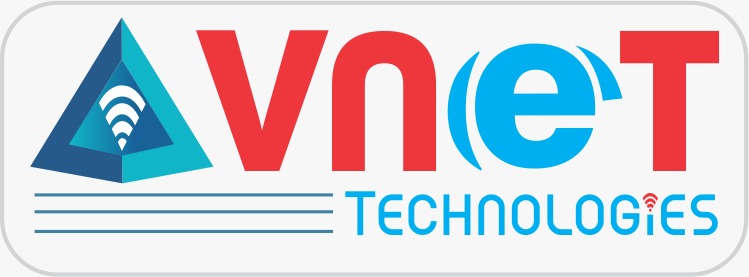
Natural Language Processing (NLP) is a critical branch of artificial intelligence that enables machines to understand, interpret, and respond to human language. From virtual assistants to sentiment analysis, NLP powers various applications that bridge the gap between human communication and computer processing. This article explores how AI processes human language and the real-world impact of NLP.
- What is Natural Language Processing?
NLP is the technology that allows computers to process and analyze large amounts of human language data. It combines computational linguistics, machine learning, and deep learning to break down language into a structured format that machines can understand. NLP enables tasks like text classification, translation, and question-answering.
- Key Components of NLP
To understand how NLP works, it’s essential to look at its fundamental components:
Tokenization
Breaking down text into smaller units (words, phrases, or sentences) to facilitate analysis.
Lemmatization & Stemming
Reducing words to their base or root form to standardize input and improve analysis.
Part-of-Speech (POS) Tagging
Identifying whether a word is a noun, verb, adjective, etc., to understand its role in a sentence.
Named Entity Recognition (NER)
Detecting and categorizing proper nouns like people, locations, and organizations.
Sentiment Analysis
Determining the sentiment behind a text, whether positive, negative, or neutral.
Syntax & Semantic Analysis
Examining grammatical structure (syntax) and meaning (semantics) to interpret human language accurately.
- How AI Learns Human Language
AI-powered NLP models learn language through large datasets and deep learning techniques. Here’s how:
- Supervised Learning: Models are trained on labeled data with predefined outcomes.
- Unsupervised Learning: AI identifies patterns and relationships in raw, unlabeled text.
- Transformer Models: Advanced architectures like BERT and GPT understand context and generate human-like responses.
- Pretrained Language Models: AI models trained on massive text corpora and fine-tuned for specific applications.
- Real-World Applications of NLP
NLP is transforming multiple industries with practical applications, including:
Virtual Assistants & Chatbots
Assistants like Siri, Alexa, and Google Assistant use NLP to understand and respond to voice commands.
Machine Translation
Google Translate and DeepL enable accurate language translation through NLP-based models.
Sentiment Analysis
Businesses analyze customer feedback and social media sentiment to understand public opinion.
Text Summarization
AI condenses lengthy articles or reports into concise summaries for quick insights.
Speech Recognition
Voice-to-text applications enable hands-free interaction with technology.
Healthcare & Medical NLP
AI processes medical records, diagnoses conditions, and assists in clinical decision-making.
- Challenges in NLP
Despite its advancements, NLP faces several challenges:
- Language Ambiguity: Words and phrases often have multiple meanings depending on context.
- Sarcasm & Irony Detection: NLP struggles with nuanced human expressions.
- Multilingual & Dialectal Variations: Understanding different languages and regional dialects is complex.
- Data Bias: AI models can inherit biases from training data, affecting fairness and accuracy.
- The Future of NLP
As AI advances, NLP is expected to become more sophisticated, enabling:
- Better conversational AI with deeper context understanding.
- More accurate machine translations with cultural adaptation.
- Improved accessibility for individuals with disabilities through speech-to-text innovations.
- Personalized AI interactions in customer service, education, and entertainment.
Conclusion
NLP is revolutionizing the way machines interact with human language, making AI-driven applications more intuitive and effective. As AI models improve, NLP will continue to transform industries and enhance human-computer interactions. Understanding its capabilities and challenges is essential for leveraging its full potential in the modern digital era.
